Carbs sometimes get a bad reputation among those trying to lose weight or stay in-the-know of nutrition trends. The good news is, the right kinds of carbs are really, really good for you. They are the only source of energy your brain can use, and they’re an important source of energy for all the cells in your body too.
But all science aside, by choosing the right grains to eat and varying up your selection, they are no enemy to a healthy life. Try using some of these super grains in your meals to add some flare and to expand your superfood palate.
Farro
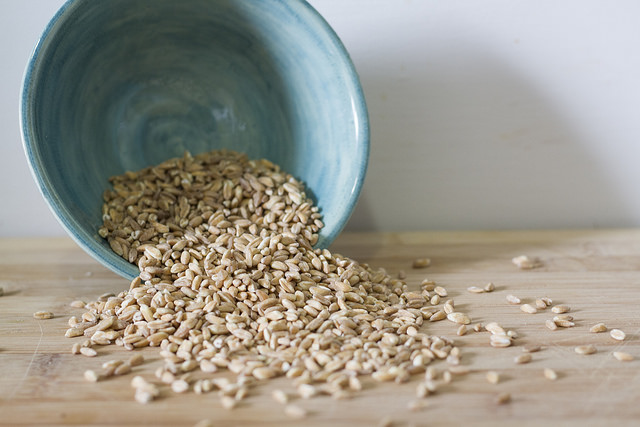
Photo by Sarah Silbiger
A type of wheat, farro is grown and eaten primarily in Italy. It looks a lot like barley, but has a nuttier flavor and a slight chewiness to it. It also has lots of fiber, protein, and calcium. It’s great for side dishes like this balsamic farro salad or protein-packed vegetarian lunches.
Buckwheat
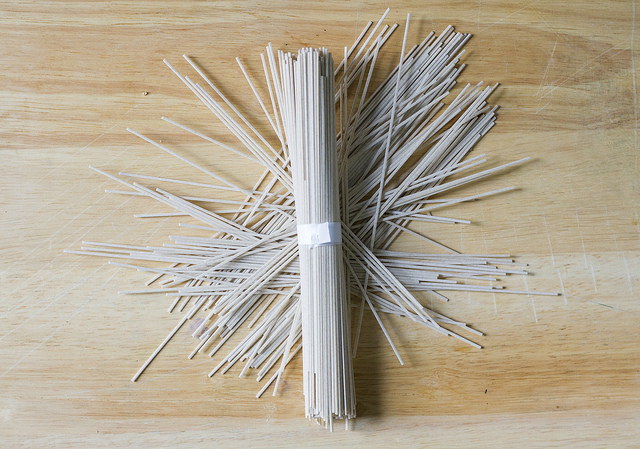
Photo by Sarah Silbiger
Despite its name, buckwheat isn’t a form of wheat at all. Just like quinoa, it’s technically a protein-rich seed. It’s commonly eaten in the form of kasha or soba noodles, and is jam-packed with magnesium to calm you down and keep your heart pumping. Use buckwheat flour to make banana bread or buy soba noodles to make this Rapini noodle bowl.
Black Rice
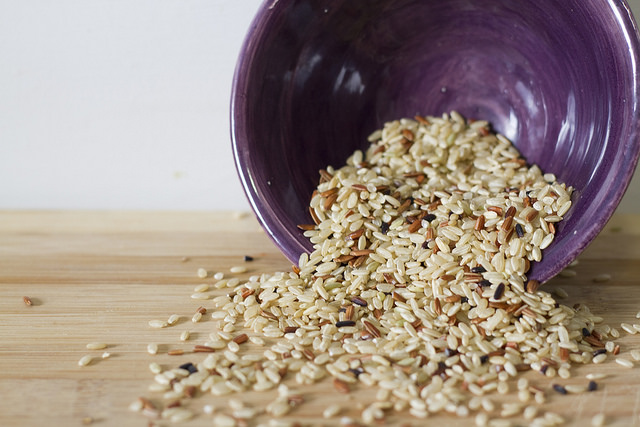
Photo by Sarah Silbiger
Also known as forbidden rice (because it was once reserved exclusively for the Chinese emperor and forbidden to everyone else), black rice is sometimes more expensive than typical rice and has a stark, purple color.
Once you get past the ominous look of it, the nutty flavor and unmistakable bite to it adds the perfect punch to a meal. Black rice has all the nutrients of brown rice, and is perfect for a stir-fry, rice bowl, this black rice, mango, and avocado salad, or if it’s too eccentric for you on its own, look for it in a rice blend with brown and wild rice.
Bulgur
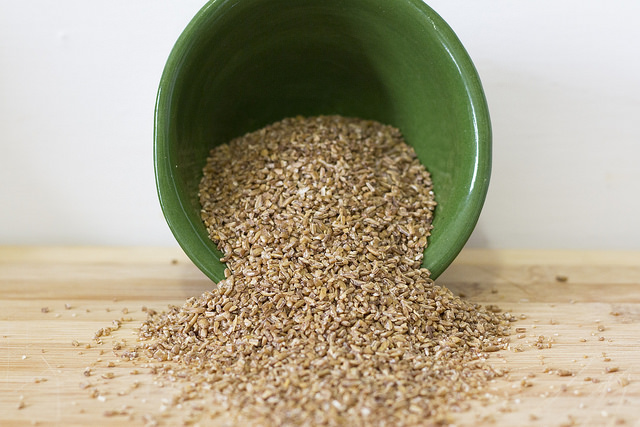
Photo by Sarah Silbiger
Bulgur, common in Middle Eastern dishes, is whole wheat that has been boiled, dried, and cracked so that it’s super tender and very quick to prepare (only takes 10 minutes!). When picking both bulgar and buckwheat off the shelf, it is guaranteed you are getting the whole grain, so you don’t need to look for the identification on labels (as you would when looking for “whole” rye or “whole” wheat).
It has more fiber than most grains and is most well-known for its presence in tabouleh salad, but can be tossed into salads or sides like this vegetable salad and used for stuffed pepper dishes like this.
Sprouted Grains
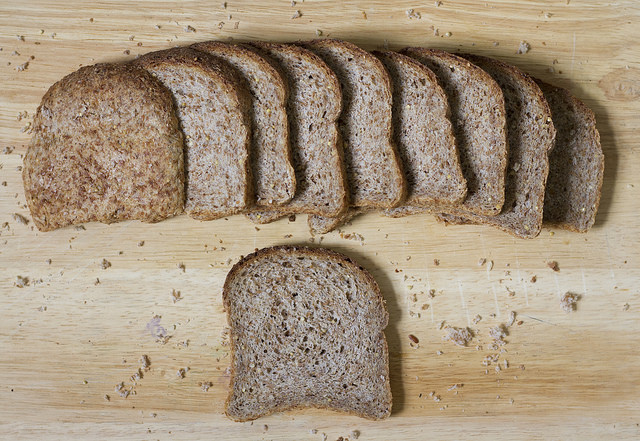
Photo by Sarah Silbiger
Made from whole grains, sprouted grains are technically seeds that germinate and start to grow under “perfect conditions,” which generally leaves a greater amount of protein, vitamin C, fiber, and antioxidants.
Sprouted grains are also in an easier-to-digest form, with better nutrient accessibility than your typical whole grains. Learn how to make sprouted grains or buy some Ezekiel bread as a great base for toast breakfasts or sandwiches.


